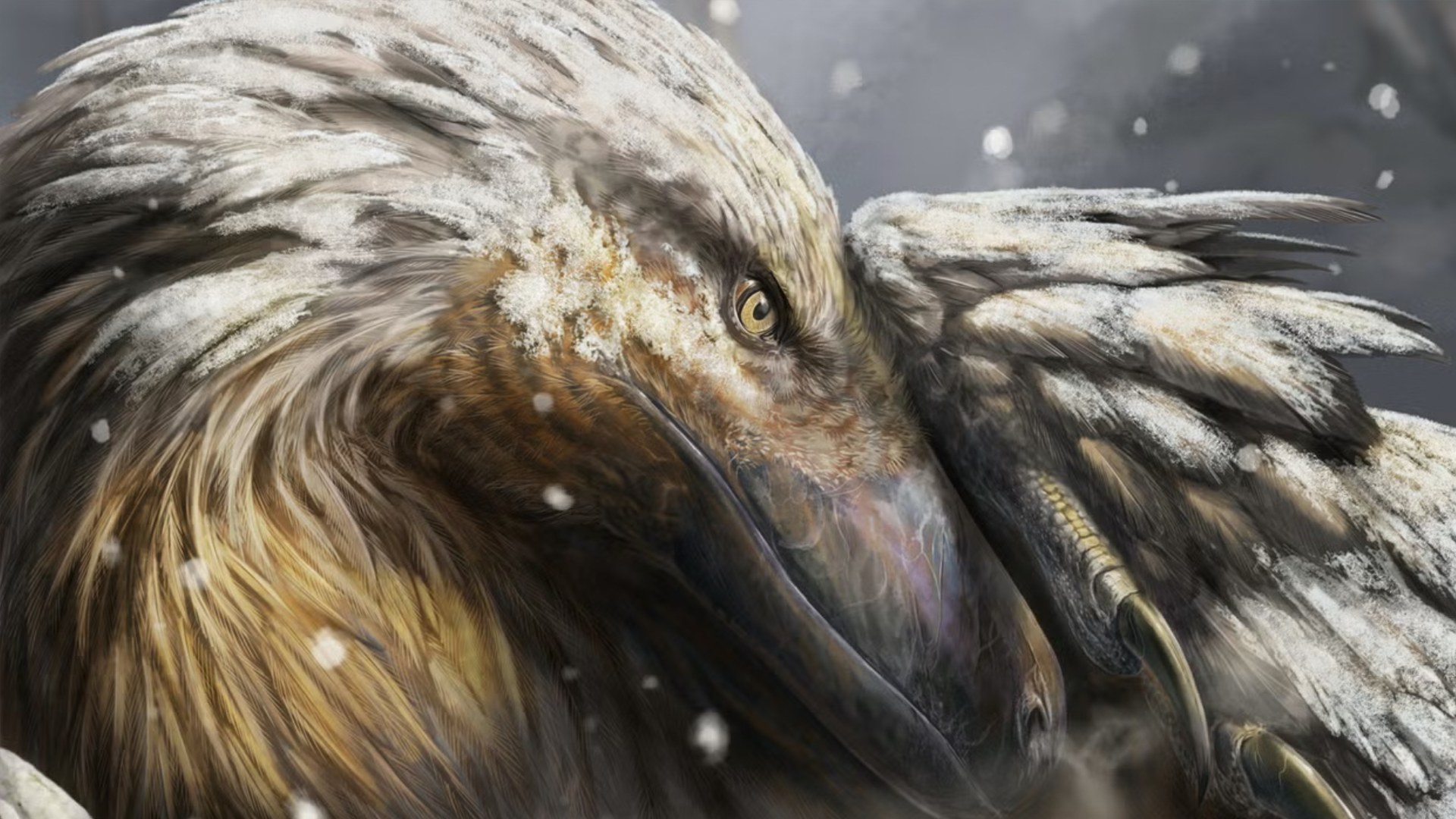Large dinosaurs 'thrived' near the South Pole - footprints in Australia show
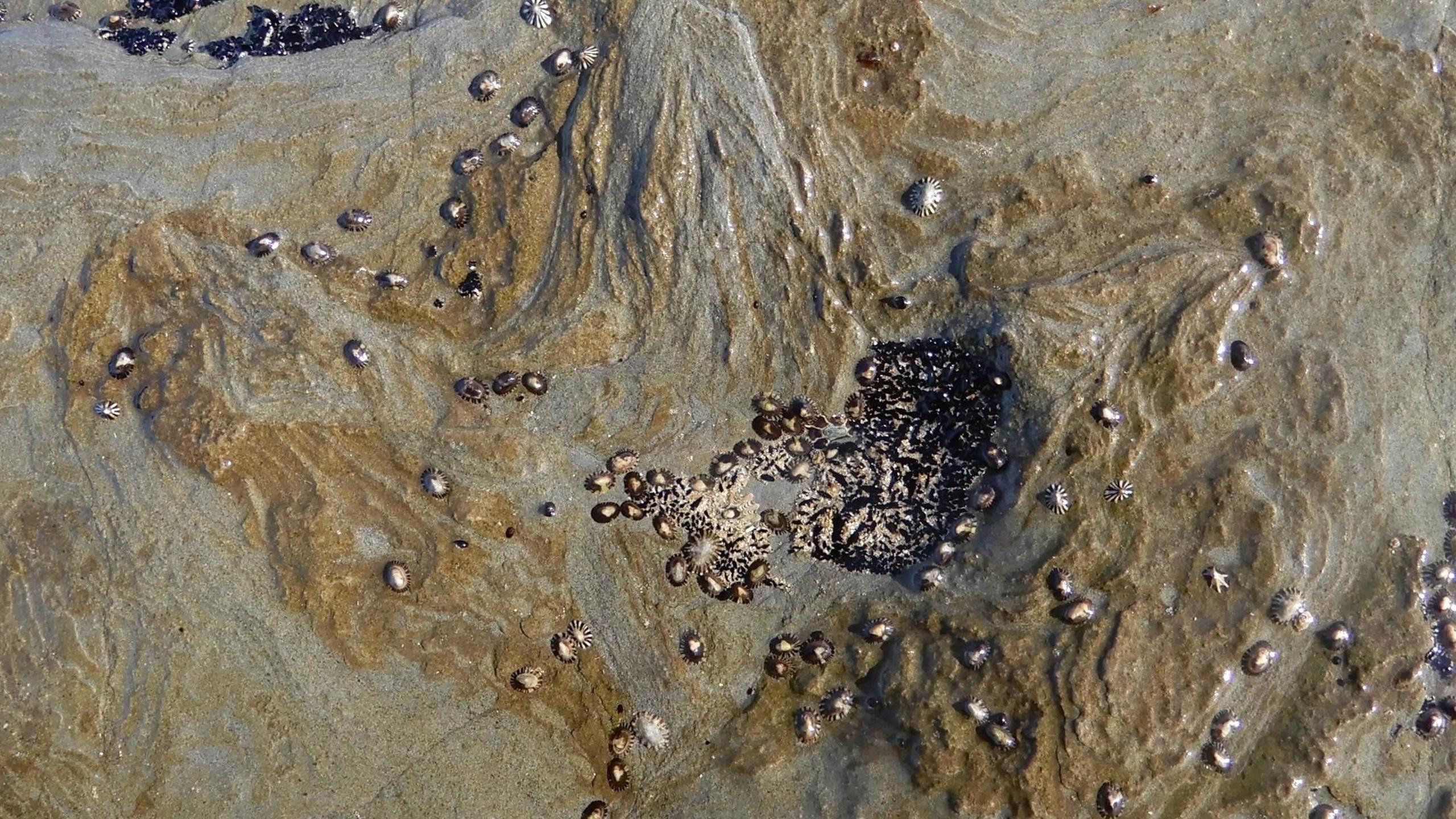
Here is an ornithopod footprint - these were small plant eating dinosaurs
- Published
When we make footprints in the mud or the sand, we often think they'll be washed away by the rain or the tide.
But on the southern coast of Australia dinosaur prints made more than 120 million years ago have been discovered.
Tracks have been found dating back to the Early Cretaceous period, when Australia was still connected to Antarctica.
Experts say it suggests that large meat-eating dinosaurs thrived in this polar environment, spending time on the river floodplains when the ice melted during the summer.
More delightful dinosaur stories
Isle of Wight dino is 'most complete' in more than 100 years
- Published10 July 2024
New triceratops ancestor with fancy horns discovered
- Published23 June 2024
Schoolgirl discovers fossil of huge prehistoric sea reptile
- Published18 April 2024
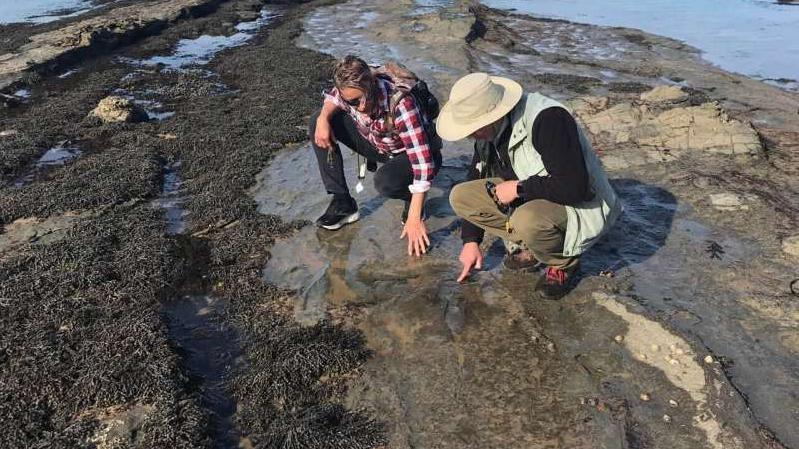
What South Pole dinosaur prints have been discovered?
The tracks were made in an area south of Melbourne called the Wonthaggi Formation, between 120 and 128 million years ago. The findings have been published in Alcheringa: An Australasian Journal of Palaeontology.
The footprints include 18 made by theropods. These types of dinosaurs often walked on two legs and had feet with three clawed toes. They were carnivores and belong to the same group as the Tyrannosaurus rex and Velociraptor.
Four tracks were made by ornithopods. These are small, plant-eating dinosaurs that may have been prey for the theropods.
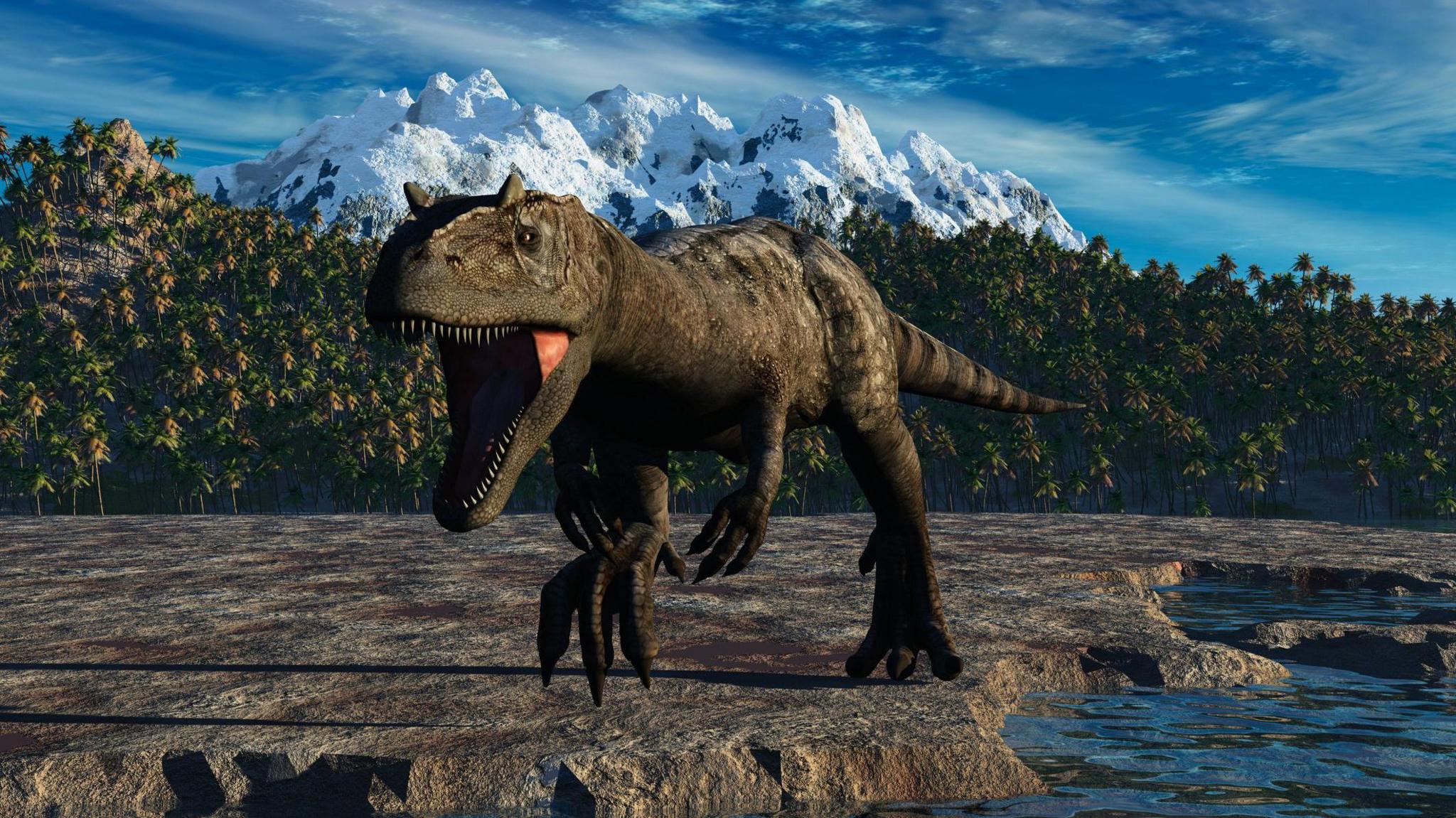
The Allosaurus was around during the Early Cretaceous period
How were the dinosaur tracks in the South Pole studied?
Experts believe the tracks were likely made when the dinosaurs were walking on wet sand or mud in the floodplain.
The specimens were preserved by members of the team by making mouldings and casts.
Data was collected and 3D images produced to help with further analysis.
The hip height of the theropod that made the largest track would have been around the same height as a tall human - a bit more than six feet tall.
“These numerous tracks are the best evidence yet that these former polar environments supported large carnivores,” says Anthony Martin, first author of the study and a professor at Emory University.
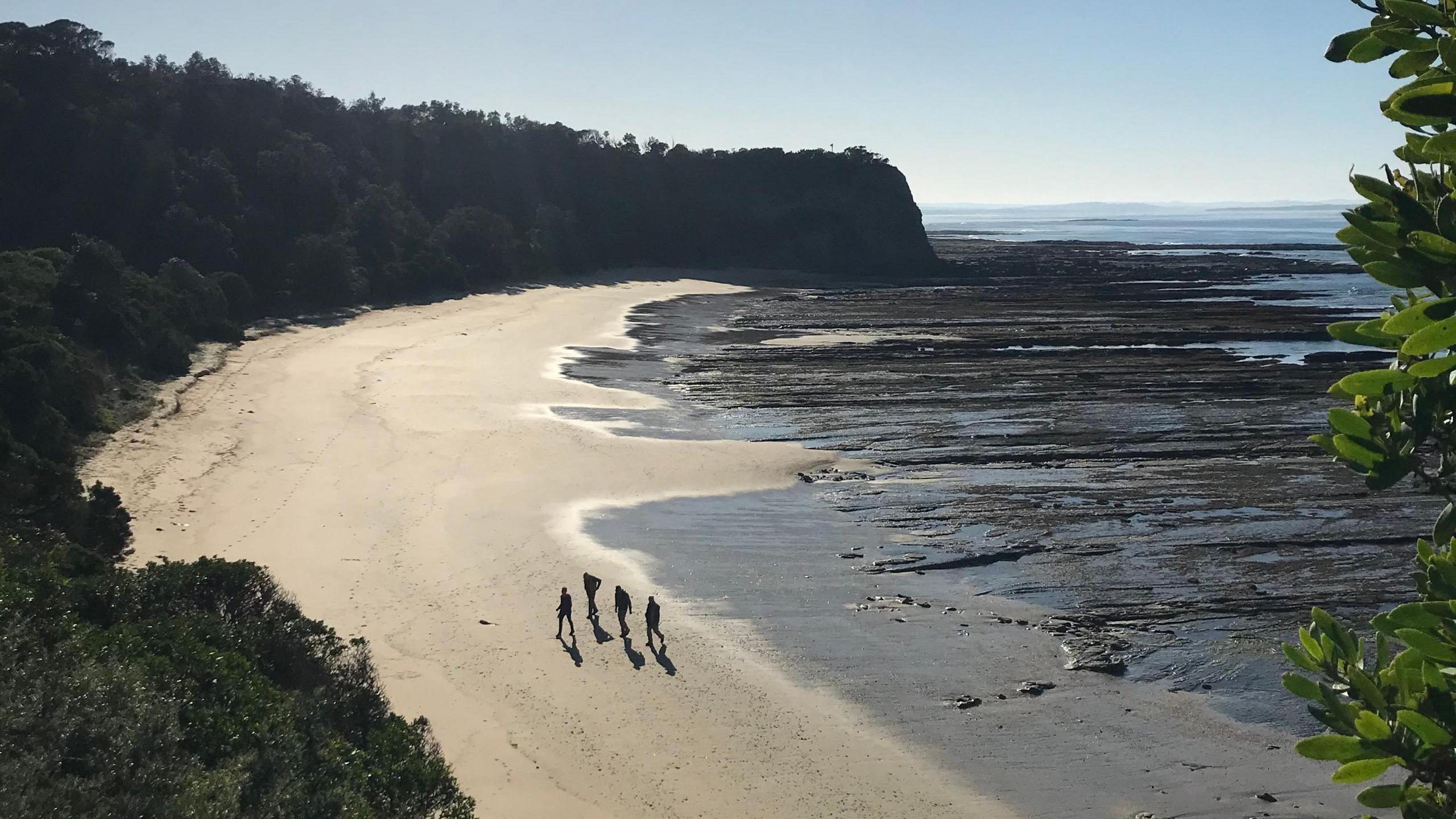
This is how the Wonthaggi Formation looks in modern day
What was the area like when these dinosaurs roamed it?
The Early Cretaceous period was between 145 million and 100.5 million years ago.
The area studied had a low-lying valley with rivers during this time.
During the polar winters the ecosystems experienced deep freezing temperatures and months of darkness.
An ancient supercontinent called Gondwana began to break up more than 100 million years ago, separating Australia from Antarctica.
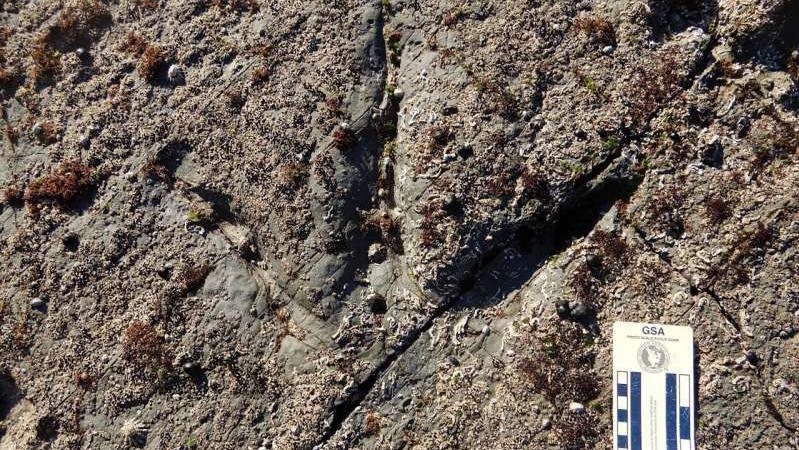
This is a theropod footprint - you can see the dinosaur had three clawed toes
What can we learn from these polar dinosaur footprints?
The discovery has led scientists to realise that dinosaur tracks are "much more common" at the site than they first thought.
The range of sizes suggests a mix of young and adult ornithopods and theropods. “That indicates that these dinosaurs may have nested and raised their young in the polar environment,” Martin says.
The current paper follows a 2023 report of bird tracks from the Early Cretaceous found at the same site. This is the oldest-known evidence for birds so far south.
More like this
- Published13 September 2021
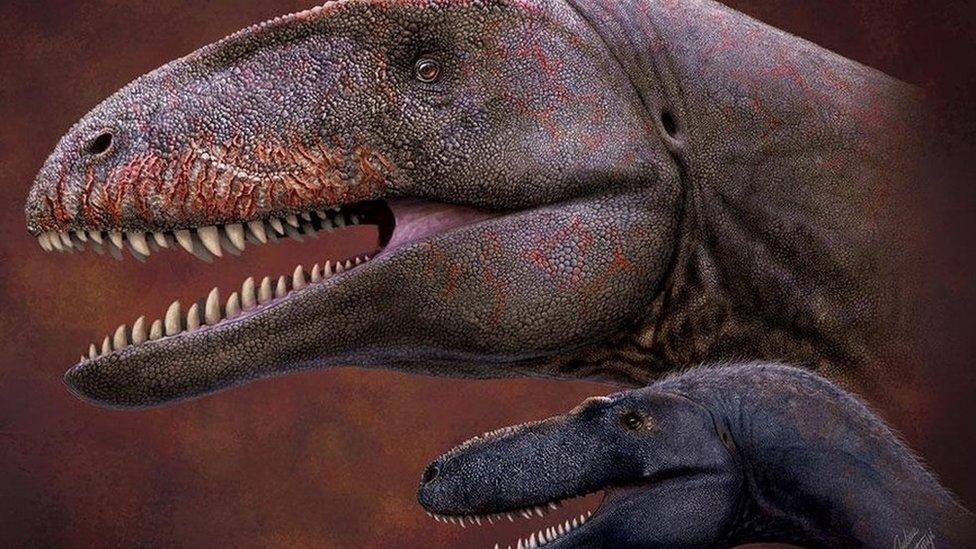
- Published22 May 2023
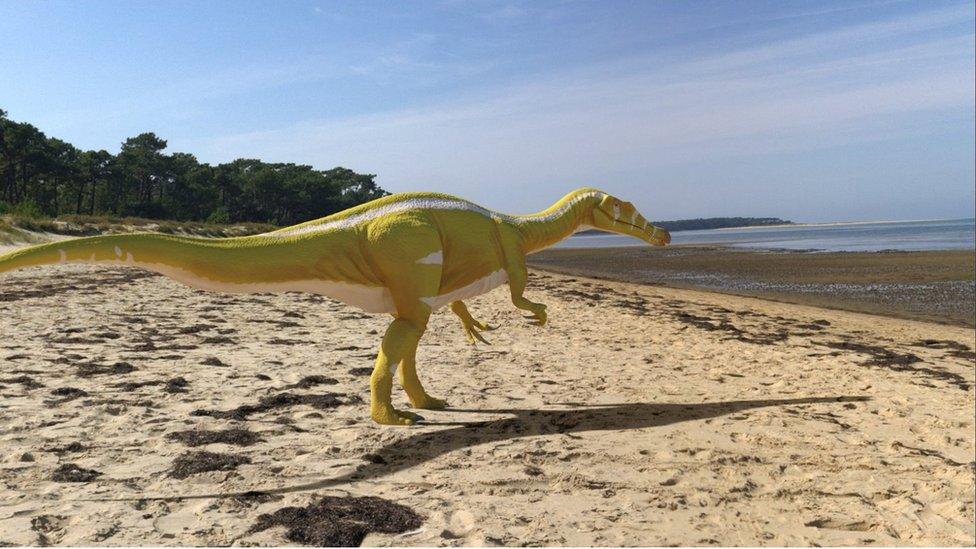
- Published17 May 2024
